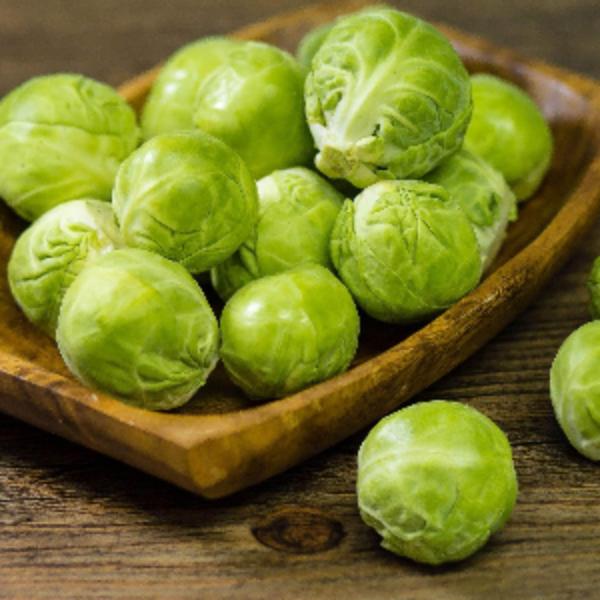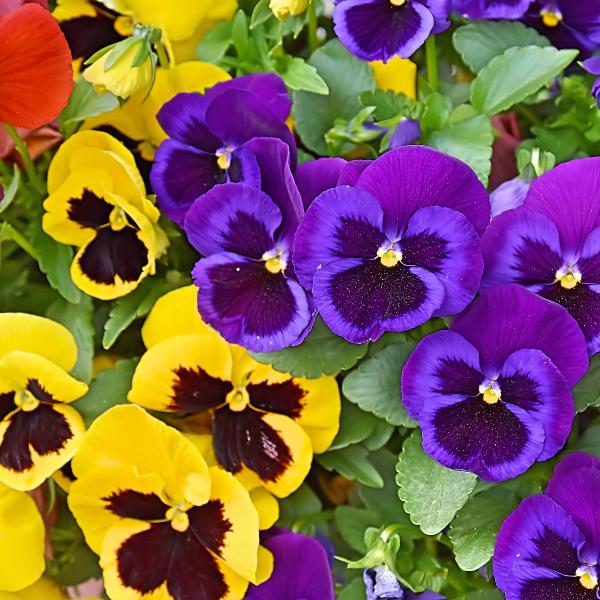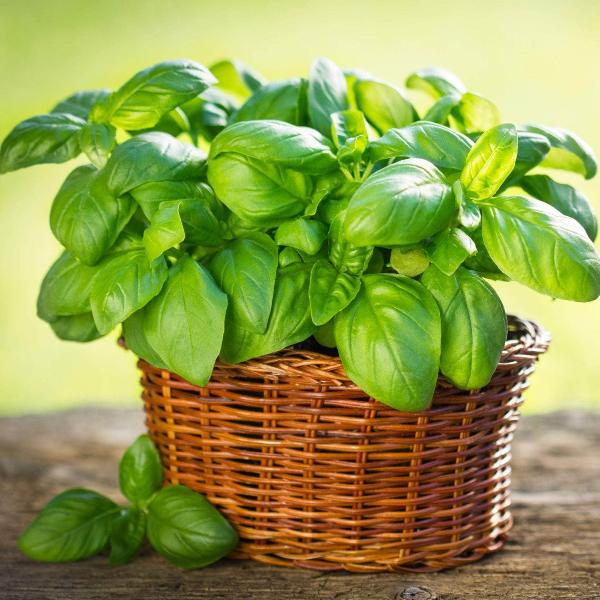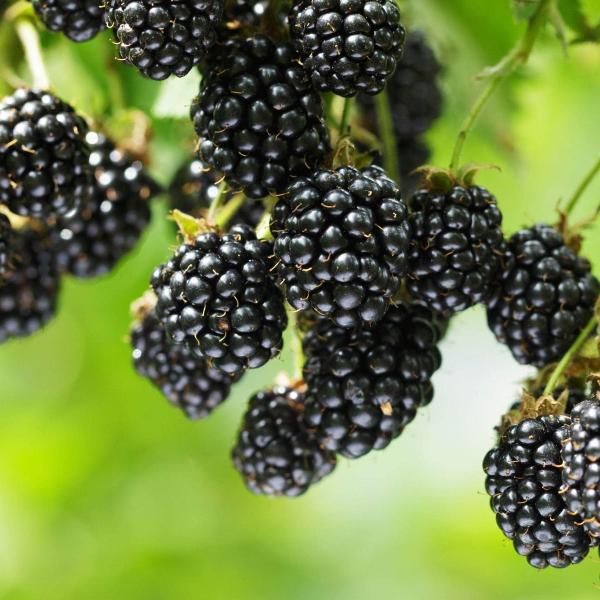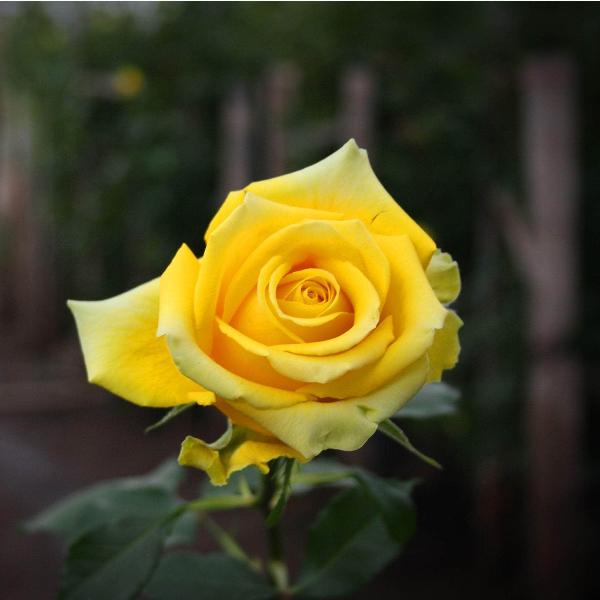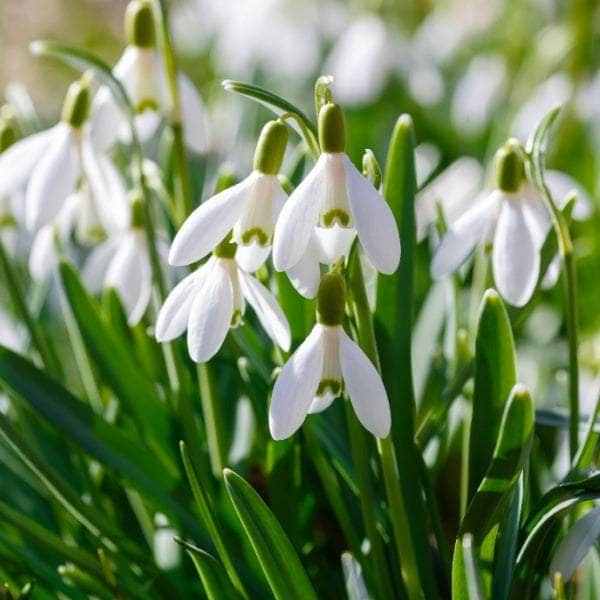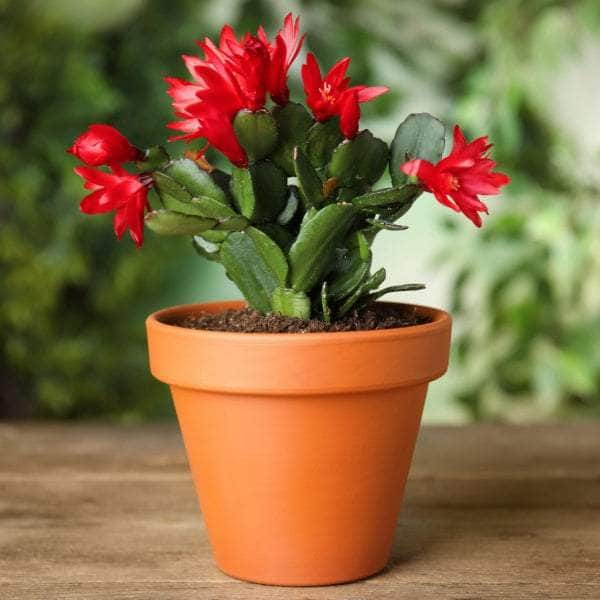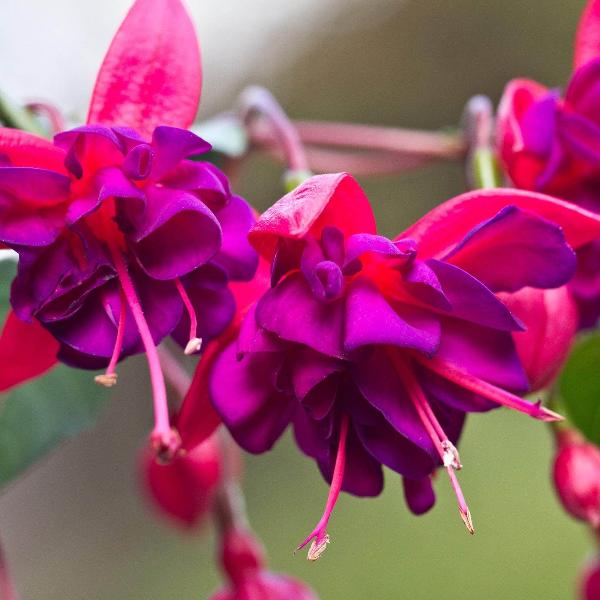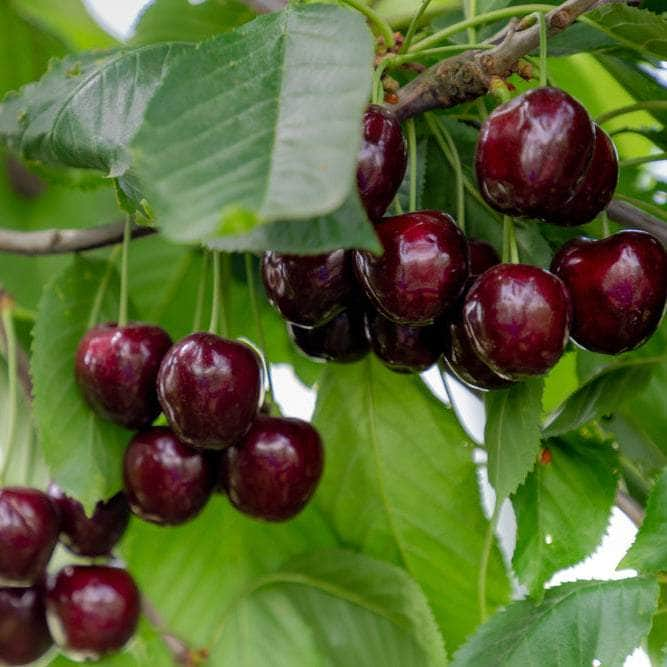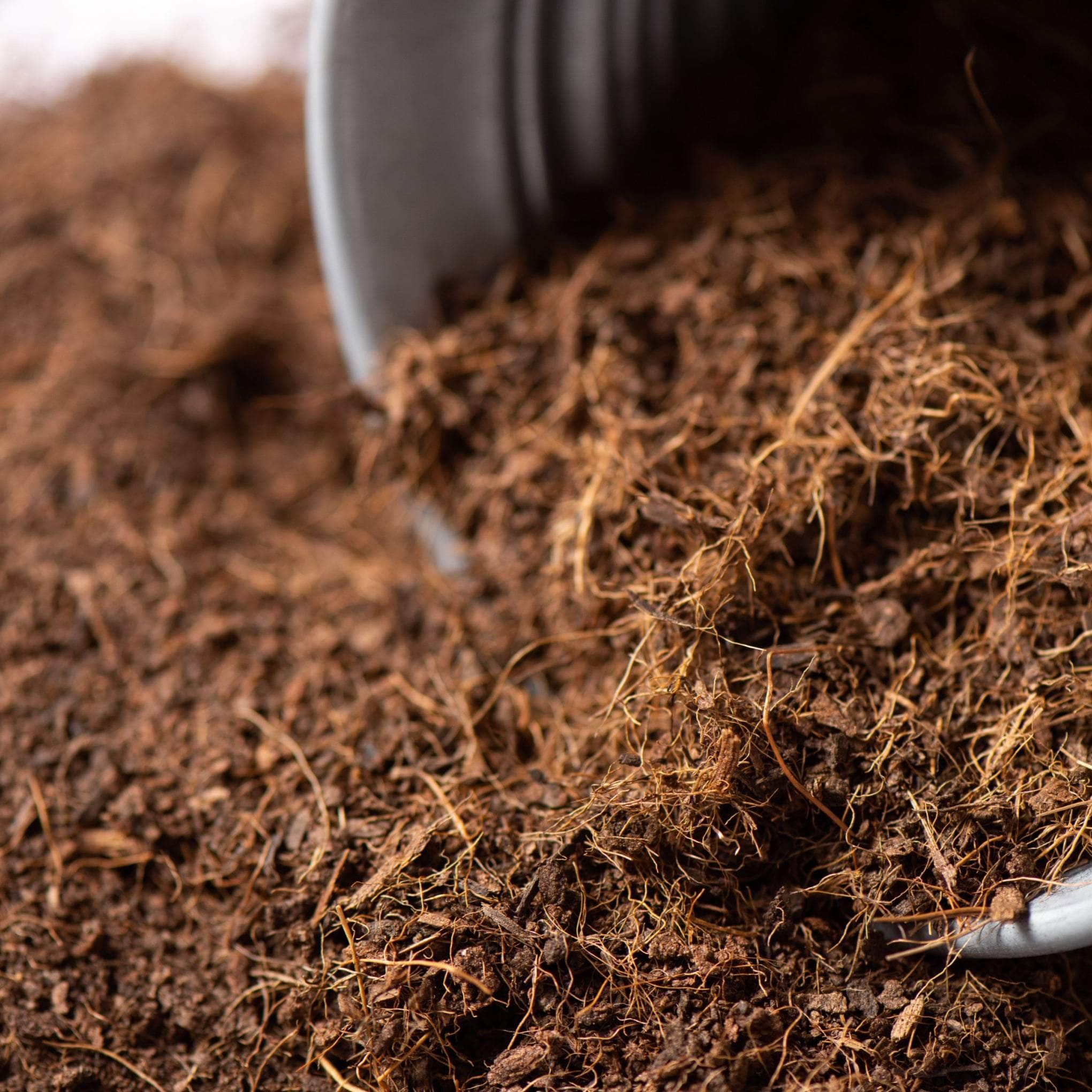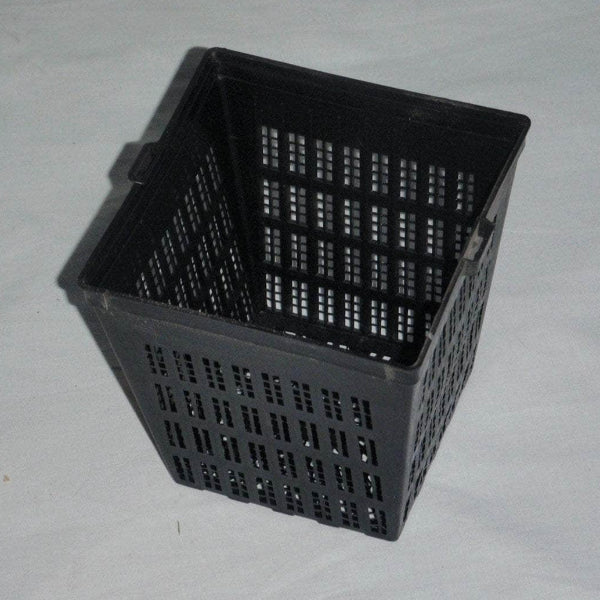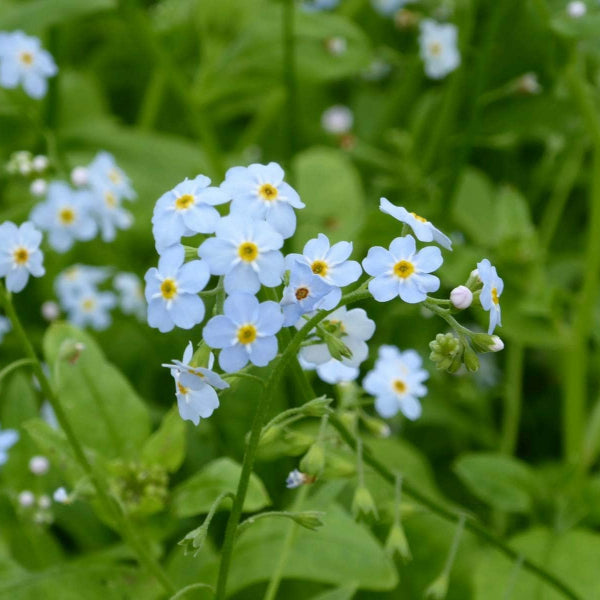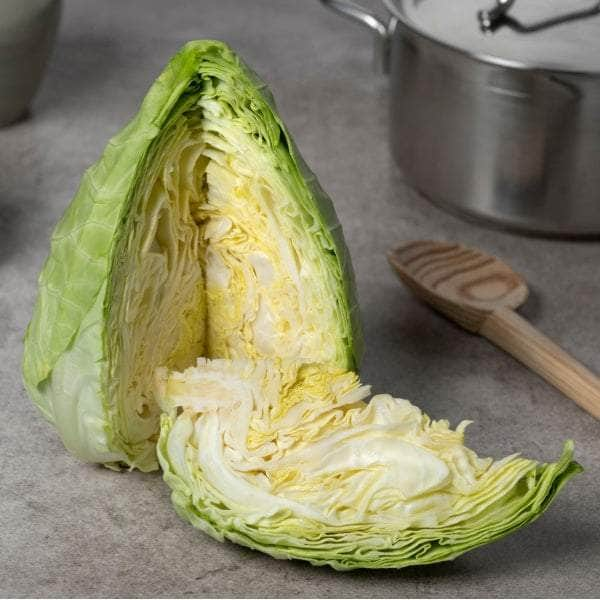The Ultimate Guide to Growing Chard
Welcome to our ultimate guide on growing chard, a vibrant and nutritious addition to any vegetable garden. Whether you're a seasoned gardener or a green-fingered novice, this guide will provide you with the essential knowledge to cultivate a thriving chard plant. From selecting the perfect chard seed, preparing your garden early in spring, to ensuring good air circulation and understanding the role of plant food, we've got you covered.
But that's not all. We'll also delve into the art of growing chard in containers, a great option for those with limited garden space. Plus, we'll help you identify common pests like the beet leaf miner and offer advice on how to prevent and treat chard diseases.
So, if you're ready to add a splash of colour to your garden and enjoy the fruits of your labour in your kitchen, read on. This guide is your first step towards a successful chard harvest. Let's get started!
Understanding the Basics: What You Need to Grow Chard

Before we delve into the nitty-gritty of growing chard, it's essential to understand the basics. Growing chard isn't rocket science, but it does require a certain level of knowledge and understanding. This section will provide you with the fundamental information you need to start your chard growing journey.
From choosing the right chard seed to understanding the importance of organic matter in your vegetable garden, we'll cover all the basics. We'll also discuss the ideal conditions for planting chard, including the importance of a sunny part of the garden and the best time to plant, which is early in spring. So, let's get started and unravel the secrets to a successful chard harvest.
Essential Requirements for Growing Chard
Chard Seed: Quality vegetable seed plays a crucial role in successful growth. The selection of superior chard seed is the basis of any productive vegetable garden.
Sunny Part: Choosing the sunny part of the garden is required for prosperous chard growth. Plant your chard early in spring when the soil begins to warm up.
Organic Matter: It's vital to add organic matter, such as compost or manure in the soil. It bolsters the overall vitality of the plant and leads to generous yields.
A healthy start can make all the difference when it comes to cultivating a hearty chard harvest.
Choosing the Right Chard Seed
Selecting the right chard seed is crucial for a successful garden. The key is understanding that the chard seed is essentially a seedball, encapsulating several seeds. Because of this, it's important to only plant one seedball in each hole to prevent overcrowding. If more than one seedball is planted in a single hole, there will be too many seedlings, leading to a congested row of plants.
The environment also plays a vital role in the germination of chard seeds. Temperature is a significant determinant as chard seeds typically sprout between one to two weeks depending on how warm the air and soil are. To quicken germination, you could presoak seeds in room temperature water overnight, protect the row from the harsh wind and cold with garden fabrics, and schedule your sowings throughout the early spring.
For those predominantly using chard for salads, implementing a succession planting approach could be helpful. Making new sowings every two weeks until the start of summer provides a constant supply of fresh, tender leaves. This strategy, however, needs to be adapted to your local climate. For instance, if you live in mild climates, consider growing chard from autumn to spring. Initiating in spring may be too late if the weather heats up rapidly.
Choosing the Right Spot for Your Chard
When you're ready to plant chard, it's crucial to pick the correct location. You want a spot that is sunny or, at a minimum, semi-shady. Chard isn't a fan of full shade and thrives under ample sunshine.
Next, pay attention to the soil, it not only needs to be loose but also capable of retaining a good amount of moisture. It's in such soil mediums that your chard plant can readily access nutrients and prosper.
To amplify the aesthetics of your chard, consider an open spot. Swiss chard, owing to its colourful stems and patterned leaves adds a unique visual element to your garden. Also, arrange your the chard plants carefully to show off their colours and create visual appeal.
Caring and Nurturing Your Chard

Growing chard can be a rewarding experience, especially when you understand the nuances of its care and nurturing. This section will delve into the importance of good air circulation, the role of plant food, and the significance of crop rotation in chard cultivation.
By understanding these aspects, you can ensure your chard thrives, providing you with a bountiful harvest. Let's explore these topics in detail to help you cultivate a healthy and productive chard garden.
Ensuring Good Air Circulation for Your Chard
To ensure good air circulation for your chard, one must understand that chard, much like other leafy greens, thrives in areas with ample airflow. The lack of which may lead to the infestation of pests such as beet leaf miner and stem sow.
Having appropriate spacing between plants during planting is a simple first step to ensure good air circulation. This practice allows plants ample room to grow, and for air to move freely between the leaves, helping significantly in preventing fungal diseases that typically flourish in damp, stale air environments.
In a closed setting like a greenhouse, the introduction of oscillating fans could be a practical solution. They serve to mimic natural breezes, promoting better airflow and reducing the likelihood of pest attacks. In both instances, monitoring your garden's conditions remains crucial for your chards' well-being.
Feeding Your Chard: The Role of Plant Food
Opt for Organic: Unlike synthetic fertilisers, organic options such as manure or well-aged compost can provide a slow and steady supply of important nutrients to your chard. As these fertilisers break down, they condition the soil and improve its overall fertility.
The Power of Nitrogen: Chard, like many leafy vegetables, requires a significant amount of nitrogen to encourage rapid and healthy growth. Grass clippings and coffee grounds are excellent sources of nitrogen that can be added to your garden soil.
Regular and Consistent: Feed your chard every six to eight weeks to maintain its nutrient requirements. If your chard appears to be stagnant or underdeveloped, consider using a balanced fertiliser to give it a much-needed boost.
To give your chard the best chance at a successful and nutritious growth, make sure you're consistently supplying it with the food it needs. From organic feeds to nitrogen-rich accessories, there's no shortage of ways you can help your chard thrive. But remember, every garden is different, so don't be afraid to experiment and see what works best for you and your chard.
The Importance of Crop Rotation in Chard Cultivation
The importance of crop rotation in chard cultivation can't be stressed enough! Particularly given its susceptibility to beet leaf miner and cercospora leaf spot infection. Crop rotation is a tried and true solution used to keep soil healthy and to break the life cycle of pests and diseases. In fact, it's wise to avoid planting chard where its close relatives - beetroot and spinach - were previously cultivated to steer clear of these potential troubles.
However, simply swapping locations with another crop isn't enough, we need to be strategic about it. This means, the plants you rotate your chard with should ideally have different nutrient requirements to ensure an optimum balance of nutrients in the soil. Also, certain plants can deter pests that are harmful to chard, so companion planting can also play a significant role for a healthy crop.
Last but not the least, don’t forget the role of time in the equation. The general rule of thumb is to not plant the same crop in the same place for at least three years. This allows ample time for any left-over pests or disease to die off. Irrespective of your plot's size, rotate the crop annually for optimal chard growth.
How to Grow Chard in Containers

Growing chard in containers is a fantastic way to maximise your garden space and enjoy this nutritious leafy green all year round. Whether you're a seasoned gardener or a beginner, this guide will provide you with the essential steps to successfully cultivate chard in containers.
Remember, the key to a thriving chard plant lies in the right container, proper planting, and diligent care. So, let's dive into the details and get your chard seeds ready for planting early in spring.
Choosing the Right Container for Chard
It's crucial to choose the right container for your chard. After all, the container size can directly impact the growth of your plants.
Chard requires a good amount of space to grow. Opt for containers that are at least 12 inches deep. This will offer plenty of room for root expansion.
Choose a container with proper drainage. Chard dislikes "wet feet," and containers without good drainage will accumulate water, potentially causing root rot.
Material matters for the container. Choose ones that are made from clay, ceramic, or wood. Such materials tend to regulate soil temperature better than plastic.
Always keep the location of your container in mind. Chard thrives in sunny parts of the garden, so be sure to place your containers in a location that gets around 5-6 hours of sunlight daily.
Planting and Caring for Chard in Containers
When it comes to planting and caring for chard in containers, the process is quite straightforward and similar to planting in open soil, but with a few special considerations for the restricted environment.
Preparation: Firstly, fill the container with a nutrient-rich and well-draining mixture. The ideal mix consists of compost, peat moss, and perlite. You can also enrich it with fertiliser to ensure steady plant growth.
Planting: Next, sow the chard seeds about 2.5cm deep, spacing them around 5cm apart. Chard seeds typically germinate best at a temperature range between 18°C to 20°C. Regular watering of the soil is crucial after planting, but be cautious as overwatering can cause the seeds to rot.
Caring: The post-germination phase is equally important. As chard is a hardy and robust plant, it grows well in various conditions. Once the seedlings are about 8cm long, they can be pricked out. Remember, chard thrives in a sunny spot, but it can also tolerate partial shade.
Growing chard in containers is a satisfying venture that can yield a bountiful harvest. It offers flexibility, whether you're working with limited space or just want to add a touch of green to your deck or patio. And, as a bonus, chard can invite beneficial insects to your home garden. Just make sure you start early in spring to avoid the risk of frost, and your chard should flourish beautifully in its new container home.
Common Pests and Diseases in Chard and How to Deal with Them

Growing chard can be a rewarding experience, but it's not without its challenges. One of the main obstacles gardeners face is dealing with pests and diseases that can affect the health and yield of the plant. In this section, we'll delve into the common pests and diseases that can plague your chard and provide practical advice on how to tackle them.
From the sneaky beet leaf miner to ensuring good air circulation, we'll cover all the bases to help you grow a healthy, robust chard crop. Whether you're a seasoned gardener or a beginner, this guide will equip you with the knowledge you need to keep your chard thriving.
Identifying Common Pests in Chard
Beet Leaf Miner: A typical nuisance in many gardens, they are not easily noticeable. Look for distinct track-like patterns on chard leaves. This is a sure-fire sign of a beet leaf miner infestation.
Leaf Miner: They cause white, squiggly lines across leaves. The larvae of these pests mine the inner leaf, causing the upper surface to blister and wilt.
Identifying pests early is key to a healthy harvest. Rotate crops and ensure good air circulation to prevent infestations.
Preventing and Treating Chard Diseases
When it comes to fending off diseases in chard, implementing a strong preventive approach and timely management steps is key.
Avoid Overhead Watering: This helps to ensure good air circulation among the foliage and reduces the chances of fungal diseases, which commonly appear as yellow spots, along with white, fluffy growth on the undersides of the chard.
Implement Crop Rotation: By rotating crops, you can prevent the buildup of soil-borne diseases and pests. For instance, refrain from planting chard in the areas where it's close relatives, such as beetroot and spinach, have grown previously.
Use Liquid Plant Food: Feeding your chard with liquid plant food can keep it healthy and more resistant to diseases.
However, even with these steps, if a disease does manage to set up shop, removing the affected leaves promptly can halt its spread. For more severe cases, consider using a fungicide suitable for edible plants.
Frequently Asked Questions about Growing Chard

Growing chard can be a rewarding experience, but it's not without its questions. Whether you're a seasoned gardener or a novice, there are always new things to learn about this versatile plant. In this section, we'll address some of the most frequently asked questions about growing chard. From understanding its light requirements to its growth cycle and culinary uses, we'll delve into the details to help you cultivate a thriving chard garden. So, let's get started and unravel the mysteries of this vibrant, leafy green.
Can Chard Grow in Shade?
Absolutely, chard can indeed grow in shade but the growth rate is significantly slower compared to those receiving full sunlight. It's a hardy and versatile plant that tolerates different light conditions, yet it thrives best in full sun.
However, if your garden only receives partial sun, don't worry! Chard can adjust to these conditions, albeit growing at a slightly slower pace. Its adaptability extends to various soil types as well. While preferring well-drained, moderately fertile soil with a pH of 6.0 to 7.0, it can thrive in most soils.
Incorporating aged manure or compost into the soil before planting chard can enhance soil fertility, while application of general-purpose organic fertilisers will support its growth. Regardless of the growing location - be it a vegetable patch, border, or container - a spot where the plant's colourful stems can be highlighted is a perfect pick. So, next time you plant chard seed, think about these tips!
Does Chard Come Back Each Year?
As a chard grower, it's quite natural for you to wonder if your chard plants spring back to life each year. Held as a biennial plant, chard adorns your plot across two growing seasons. They are gifted with a 'volunteer' attribute which means they seed themselves freely. This signifies that a single-time plantation suffices to ensure a continual supply of self-grown plants for many years to come.
Throughout the year, you can harvest Swiss chard, but bear in mind, the growth rate fluctuates in extreme weather conditions. A smart practice while picking those healthy greens is to always leave a portion of greenery intact on the plant. This helps the chard to keep absorbing sunlight and generate energy for fresh growth.
Despite your best care, keep in mind that chard will eventually flower and set seed regardless of watering frequency. You're at liberty to let the seedheads spread for spontaneous germination the following year or you may choose to collect, dry and sow them at a location of your choice. Hence, in essence, chard does make a comeback each year, replenishing your garden with its leafy goodness.
Can I Eat All of the Chard Plant?
Absolutely! Every part of the chard plant is edible and rich in its own unique flavour. The succulent stems bear a taste rather akin to beetroot while the leaves pack a punch akin to spinach, sans the bitterness usually associated with many green leafy vegetables. What's particularly interesting is that the taste of the leaves isn't overpowered when they are cooked, unlike many other greens. Chard leaves hold their shape and flavour even when used in hot, hearty stews or soups.
You could also use these vibrant leaves raw; they add a nutritious and colourful appeal to your salads, sandwiches, or even smoothies! Remember to rinse your chard thoroughly before consumption, be it cooked or raw.
Now that we know about the taste, let's talk health. The chard plant is a superfood, boasting an impressive vitamin profile inclusive of vitamins A, C, and K. So whether you're planning to grill it, bake it, lightly sauté it in olive oil, or just use it raw, there’s no going wrong with chard. It's a beautiful, nutritious, and versatile addition to your garden and kitchen.
Final Thoughts on Growing Chard

In conclusion, growing chard can be a rewarding endeavour, whether you're a seasoned gardener or a beginner. With the right chard seed, a sunny part of the garden, and a little organic matter, you can start your chard journey early in spring.
Remember, good air circulation and regular feeding with plant food are key to a healthy chard plant.
Don't be disheartened by pests like the beet leaf miner; with the right knowledge, you can keep your chard safe and thriving. And if space is a concern, remember that chard can grow in containers too.
So, why wait?
Get your hands dirty, plant your chard seed, and watch as your vegetable garden comes to life. With a little care and attention, you'll be enjoying your home-grown chard in no time.
Happy gardening!


